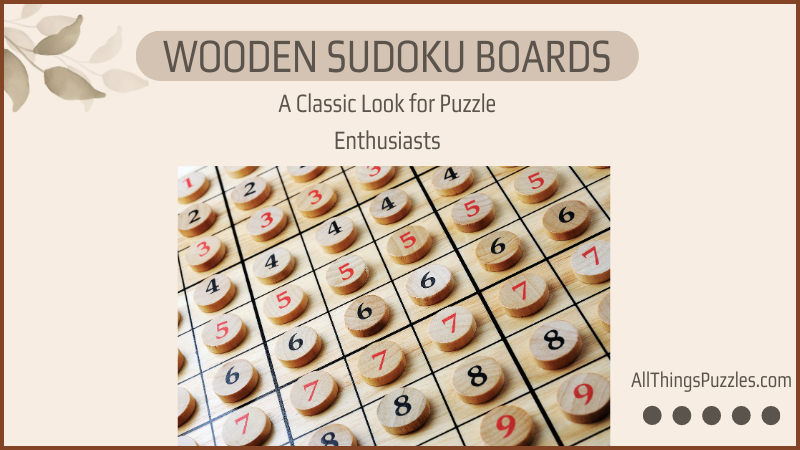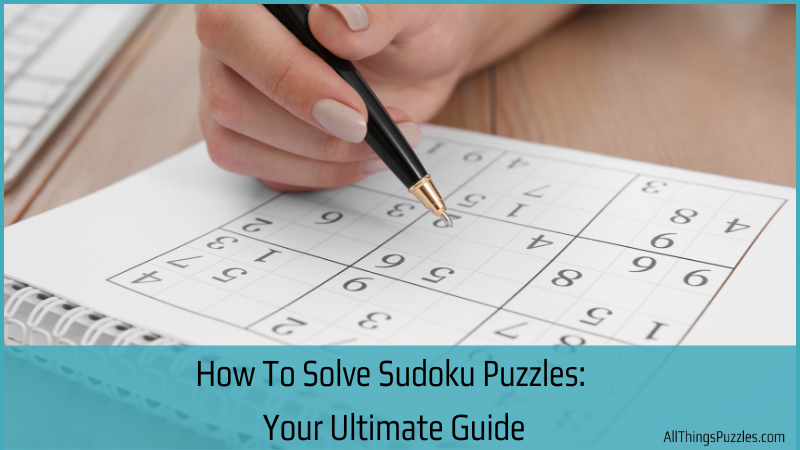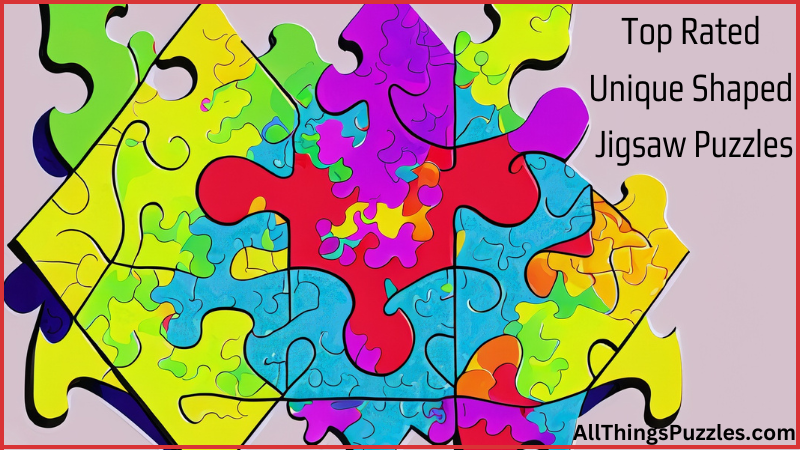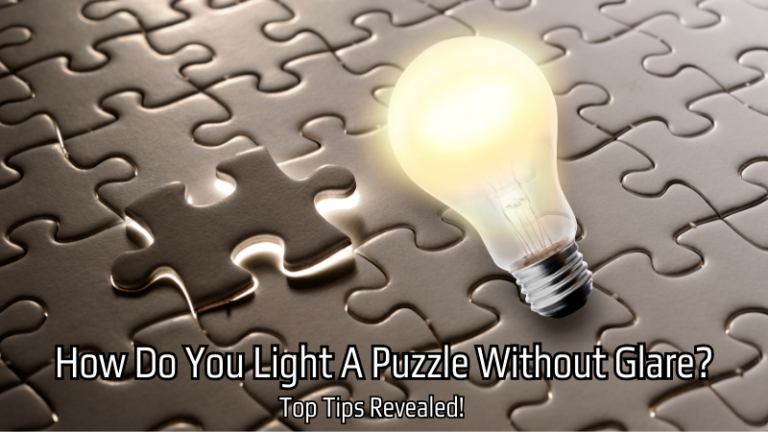Nonogram puzzles have gained a dedicated following among puzzle enthusiasts worldwide. But what is a nanogram puzzle? These intriguing brainteasers blend logic, creativity, and deductive reasoning, making them an engaging pastime for people of all ages. In this article, we’ll dive into the world of Nonograms, exploring the question, what is a nonogram puzzle, what they are, their history, and how to solve them.
Nonogram puzzles, also known as Japanese crosswords, have captivated people globally with their unique blend of logic and imagination. These puzzles require one to use number clues provided at the side of the grid to reveal a hidden picture, exercising deductive reasoning and keeping the mind active. Originating in Japan, these logic puzzles have evolved with various names like nonograms, paint logic, or griddlers, and have a rich history, with the Sunday Telegraph introducing them to many.
To unravel a nonogram, you’ll need to employ logic skills to decide which blocks of boxes should be filled to form the correct pattern. Using the lengths of runs of black squares given for every row of the grid, you’ll fill or leave empty spaces to slowly bring a hidden pixel picture to life. Solving nonograms is not just about guessing; it’s about understanding basic techniques that can help you progress from easier tasks to more difficult puzzles, creating a pleasant game experience for beginners and veterans alike.
Key Takeaways:
- Nonogram puzzles, encompassing logic number puzzles and Japanese crosswords, challenge and entertain through a combination of logic and creativity.
- Correctly interpreting the number clues and applying basic solving techniques are crucial for revealing the hidden images within the grid.
- From the simple method of deduction to the complexity of advanced puzzles, nonograms cater to all levels of puzzle solvers, offering a satisfying blend of problem-solving and art.
A Deeper Understanding Nonogram Puzzles
If you’re a fan of puzzles, Nonogram puzzles are a must-try. These puzzles are also known as Picross, Griddlers, or Hanjie. They involve a grid of squares that must be filled in with colored squares or left blank according to the numbers at the side of the grid. When solved correctly, the grid reveals a hidden picture.
These puzzles are an excellent way to keep your brain sharp and improve your problem-solving skills. In this section, we will explore the origins of nonograms and the different variations of this popular puzzle.
Origins of Nonograms
Nonogram puzzles originated as Japanese puzzles and have a rich history that dates back to Japan in the late 20th century. They were first introduced by two Japanese puzzle enthusiasts, Non Ishida and Tetsuya Nishio, who independently developed similar puzzle concepts.
In the 1980s Non Ishida a Japanese graphic editor won a contest to beautify the cityscape of Tokyo with an idea to turn on and off the lights of skyscrapers to create pictures. A puzzle designer named Tetsuya Nishio later invented Oekaki-Logic, which used the same concept of on-off artwork in cells.
Nonograms quickly gained popularity in Japan and later spread to other parts of the world.
Variations of Nonograms
Nonograms, or logic number puzzles, maintain core principles across multiple versions. Every nonogram presents a challenge involving a grid where the player fills in squares to unveil a hidden pixel picture. The squares are filled based on the number clues provided at the side of the grid. Known variations of this puzzle type include:
- Hanjie: A variation of nonograms that uses black and white squares to create a picture. Hanjie is also known as Griddlers or Tsunami.
- Picross: A variation of nonograms that uses colored squares to create a picture. Picross is also known as Crucipixel, Edel, FigurePic, Illust-Logic, and Japanese Crosswords.
- Pic-a-Pix: A variation of nonograms that uses colored squares to create a picture. Pic-a-Pix is also known as Paint by Numbers.
- Kare Karala!: A variation of nonograms that uses colored squares to create a picture. Kare Karala! is also known as Logic Art, Logicolor, Logik-Puzzles, and Logimage.
- Paint Logic: A variation of nonograms that uses colored squares to create a picture. Paint Logic is also known as Fun.
The Structure of Nonogram Puzzles
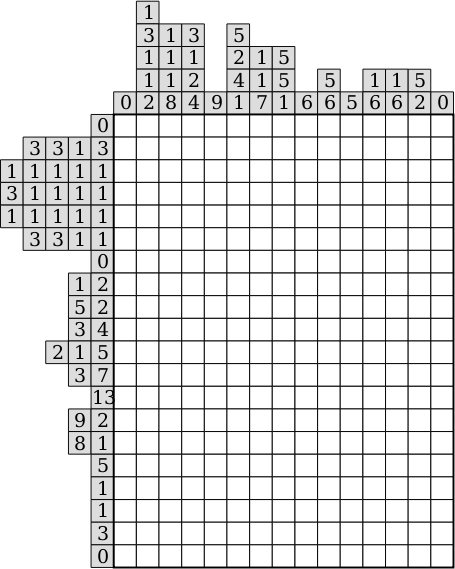
If you’re new to Nonogram puzzles, then you might be wondering how they work. In this section, we’ll take a look at the structure of Nonogram puzzles, including the grid, rows and columns, and the numbers.
The Grid
Nonograms are composed of a matrix or grid of squares, often varying in size, typically ranging from a modest 5×5 to a larger canvas of 30×30. Each square within the grid can be either filled in or left blank, and these filled or unfilled squares eventually reveal a hidden picture.
Rows and Columns
The grid is divided into rows and columns, which are numbered along the top and left-hand side of the grid. These numbers are the key to solving the puzzle. Each row and column has a set of numbers that tell you how many consecutive colored (filled-in) cells there are in that row or column. For example, if a row has the numbers 2 1, it means that there are two consecutive colored cells followed by one blank cell, and then one more colored cell.
The Numbers
The numbers are the most important part of a Nonogram puzzle. The numbers specify how many unbroken lines or filled-in squares in each row or column. By using the numbers, you can fill in the grid and create a picture. The numbers specify unbroken lines or filled-in squares in each row or column. It’s important to note that the numbers are always listed in order, from left to right for the rows and from top to bottom for the columns.
How to Solve Nonogram Puzzles

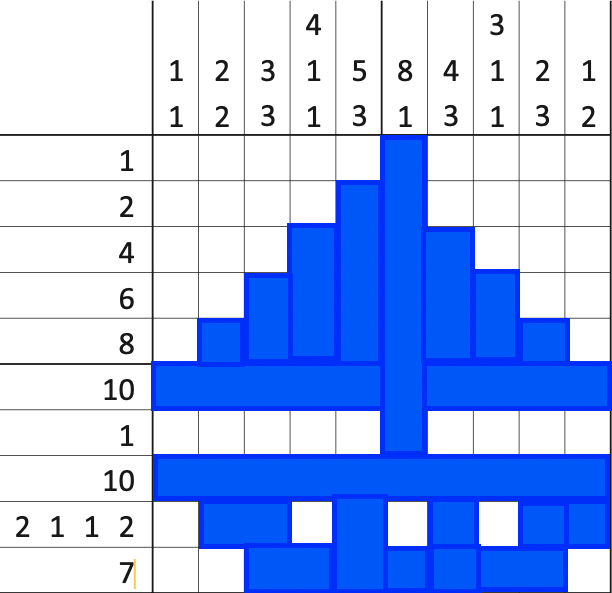
Nonogram puzzles can be both challenging and rewarding. In this section, we’ll cover the basic rules of Nonogram puzzles and provide tips on how to solve them.
Understanding the Rules
The rules of Nonogram puzzles are simple. Each puzzle consists of a grid of squares that are either filled in or left blank. The goal is to use the numbers on the top and left sides of the grid to determine which squares should be filled in. Each number represents a consecutive group of filled-in squares, separated by at least one blank square. For example, a “3” on a row means that there are three consecutive filled-in squares in that row, with at least one blank square between each group of filled-in squares.
Using Hints and Clues
Nonogram puzzles can be challenging, but there are several strategies you can use to solve them. Here are a few tips:
Row and Column Analysis:
- Begin with the side of the grid that holds the biggest number. This approach can make deciphering the length of the runs of filled in squares less daunting. This will give you a good starting point and help you eliminate possibilities in other rows or columns.
- With the example above there are two horizontal clues that contain “10”. This gave me a good start as I knew that there were a total of 10 squares so I could fill in the complete row.
- Look for rows or columns with only one possible solution. If a row or column has only one possible way to fill it in, you can confidently mark those squares.
- My next step was looking at the verticle clue “8, 1”. Since part of that column was filled in and I know that there needs to be a least 1 blank square between the 8 and the 1 there was only one possible solution.
Logic
- Use reasoning to eliminate possibilities. If you know that a certain row or column must have a certain number of filled-in squares, you can eliminate possibilities in other rows or columns that would make that impossible.
Hints for Progression:
- Consider using effective novice tutorials to get past stumbling blocks.
- For a unique experience, professional Japanese puzzler Tetsuya Nishio suggests focusing on maintaining a clear differentiation between definite and potential black or white cells.
Nonogram Puzzles Collection
If you’re looking to build your collection of Nonogram puzzles, there are many options available. Here are some famous Nonogram puzzles you can try:
Notable Grid Art Challenges
Window Art: Originally featured in the Sunday Telegraph and crafted by James Dalgety. This nonogram features a beautiful window design and is a great challenge for puzzle enthusiasts.
Pixel Puzzles from Puzzler Media: Puzzler Media is a company that is known for producing a wide range of puzzles. They have a large collection of Nonogram puzzles that you can enjoy either in a tangible book format or digitally online.
Binary Coloring Books: Heroglyphix is a company that produces coloring books with a twist. They offer Binary Coloring Books that feature Nonogram puzzles as well as regular coloring pages.
Paint by Sudoku: Paint by Sudoku showcases a user-friendly website that offers a variety of puzzles, including Nonogram puzzles. They have a user-friendly interface and offer instructive videos catering to those just starting out.
Picma’s Digital Puzzles: Picma is a mobile app that offers a variety of puzzles, including Nonogram puzzles. They have a large collection of puzzles and offer daily challenges including daily tasks that keep your mind active and engaged.
Digital Adaptations of Nonogram Puzzles
Nonogram puzzles have been around for decades, but with the rise of digital technology, they have become more accessible than ever before. Nowadays, you can find nonogram puzzles in various formats, from mobile apps to online websites. In this section, we will explore some of the ways you can enjoy nonogram puzzles in the digital world.
** Important Note: Ensure to review terms of service and use for any auto-renewable such as weekly subscription options. **
Nonogram Puzzles on iOS
For aficionados of puzzles with Apple devices, a wealth of nonogram applications can be found in the App Store. Some of the most popular ones include Logic Square, Oekaki-Mate, and Grafilogika. These apps offer a wide range of nonogram puzzles, from easy to more thought-provoking nonogram puzzles, and you can play them anywhere you go. Plus, they often come with additional features such as hints and undo/redo buttons to help you solve the puzzles more efficiently.
- Popular Apps: Logic Square, Oekaki-Mate, Grafilogika
- Features: Hints, Undo/Redo
- User Experience: Play on the go, varying difficulty levels
Online Nonogram Puzzles
Enthusiasts with a preference for desktop gaming can indulge in nonogram puzzles via numerous online platforms. Sites like Picross Online showcase a broad spectrum of grids, presenting a unique jigsaw puzzle with each one. They vary in size and challenge, catered to keep your logic skills sharp. These services generally allow puzzle progress to be stored, facilitating a flexible puzzle-solving experience.
- Notable Sites: Picross Online, Logic Square
- Convenience: Save progress for later
- Assortment: Wide range of puzzle sizes and difficulty levels
In this digital age, whether you are navigating through a hidden pixel picture on an iOS app or chipping away at a blank grid online, the options to keep your mind active with nonogram puzzles are boundless. Engage with a puzzle type that combines logical thinking with the satisfaction of revealing hidden beautiful images.
Frequently Asked Questions
How does nonogram differ from Sudoku?
While both Nonogram and Sudoku keep your mind active through logic puzzles, they have distinct mechanics. Nonogram, also known as Paint Logic or Japanese Crosswords, tasks you with discovering a hidden pixel picture by filling in a block of black boxes (or other color) based on number clues situated at the side of the grid. Sudoku, however, involves placing numbers in a grid without repeats in any row or column, lacking a visual image or clues on the side.
What are the different sizes of nonogram puzzles?
Nonogram puzzles come in a variety of sizes, ranging from small 5×5 grids to large 30×30 grids. The larger the grid, the more challenging the puzzle.
Are there different levels of difficulty for Nonogram puzzles?
The difficulty level of Nonogram puzzles, sometimes known as Logic Art or Oekaki Logic, scales from simple to complex. Beginner-friendly versions introduce basic techniques, allowing you to comfortably navigate through the grids. Conversely, more experienced enthusiasts can engage with exceedingly intricate puzzles that challenge and refine their logic skills.
Additional Reading
Conclusion
Nonogram puzzles are an excellent way to keep your mind active, sharpen your logical thinking, and indulge in some creative problem-solving. Whether you’re a seasoned puzzle enthusiast or new to the world of Nonograms, these puzzles offer hours of engaging entertainment. Give them a try, and you might find yourself hooked on the grid!
Nonograms begin with a blank grid, where your aim is to fill in the correct squares to unveil a piece of pixel art. Becoming skilled at basic techniques requires attention to the lengths of the runs of black squares (the color of the squares can vary), which hints at the configuration within a given row or column.
Nonogram puzzles require careful attention to detail. A single error can throw off the entire puzzle, so take your time and double-check your work.
Nonogram puzzles can vary in complexity, from easy to highly challenging. Don’t get discouraged if you encounter a difficult one. Keep using logic, and with practice, you’ll improve your solving skills.
We hope this article has provided you with an understanding of what Nonogram puzzles are and how to tackle them. Stay tuned for more puzzle-related content on AllThingsPuzzles!
Have you done nonograms before? What was the one thing you liked the most in doing them? Please comment below.

